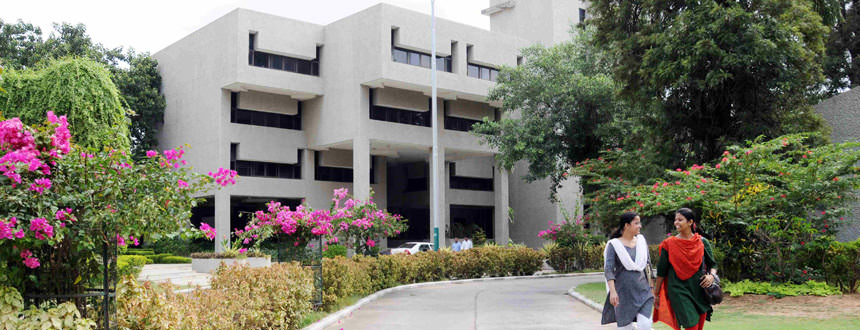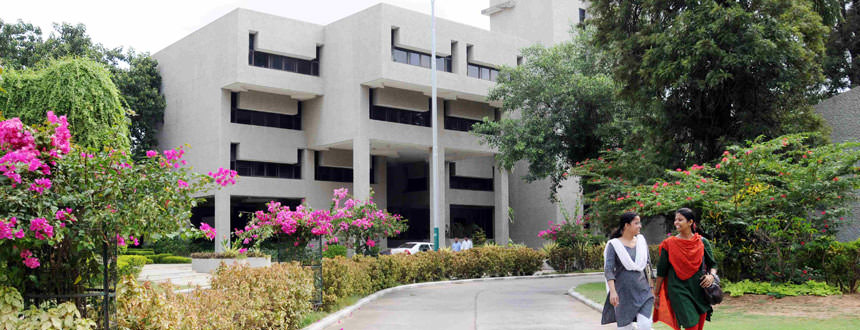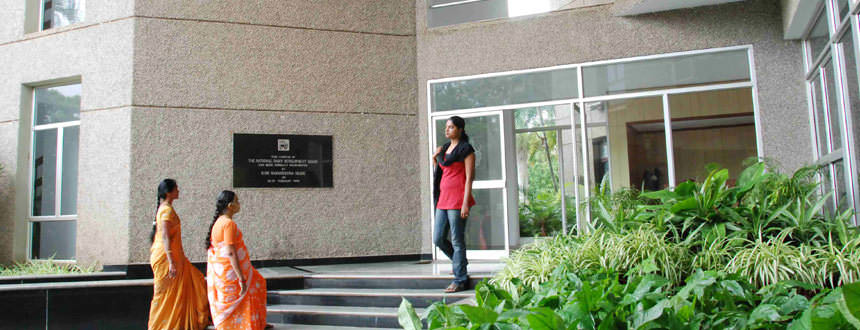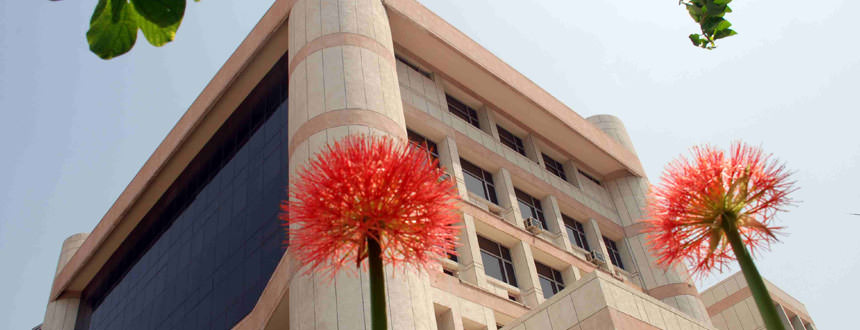Address by Chief Guest Shri Meenesh Shah, Chairman, NDDB at National Dialogue on Sustainable Growth and Development of Indian Dairy Sector, at DUVASU, Mathura on 16 December 2022
Address by Chief Guest – Shri Meenesh Shah, Chairman, NDDB at National Dialogue on Sustainable Growth and Development of Indian Dairy Sector in DUVASU, Mathura on 16 December 2022
I feel honored and privileged to be present amongst you today and express my gratitude to Trust for Advancement in Agricultural Sciences (TAAS) for providing me this opportunity to participate in this important National Dialogue on Sustainable Growth and Development of Indian Dairy Sector
I also commend TAAS and other organizing institutions for being successful in bringing together so many diverse stakeholders for this dialogue today.
Our country is the fifth largest economy in the world and is poised to become third largest economy by 2030. It is committed to attain the growth that is inclusive and sustainable.
In a recent policy road map titled India@100 released by Economic Advisory Council to the Prime Minister, India is also aiming at becoming a high-income country by 2047 through sector-specific and region-specific policies.
Therefore, Indian dairy sector which already has a long and successful history of serving farmers’ interest in different ways, has a significant role to play in adding to the inclusive and sustained growth of the country by being more productive, sustainable, remunerative, and climate-resilient.
Today, milk is the single largest agricultural commodity contributing 5 percent to the national economy and giving direct employment to more than 8 Crore rural households. Milk was valued at Rs 9.3 lakh Crore in 2020-21 – more than the combined value of paddy, wheat and sugarcane.
As a result of prudent policy interventions from time to time, India continues to rank first in milk production in the World since 1998. India achieved an annual milk output of 21.0 Crore tonnes during the year 2020-21.
We alone contribute to about 23 percent to the global milk production, which is even more than that of the combined production of all European Union countries.
One of the unique aspects of our dairying story is that it is farmer-centric and driven by principle-led producer owned institutions i.e. dairy cooperatives.
The dairy cooperatives have grown manifold and are now spread over about 220 thousand villages covering about 18 million dairy farmers across the country.
After realizing money for sale of their milk to the consumers, the dairy cooperatives pay to their members in a manner where dairy farmers receive the maximum share to the tune of about 75 per cent of the consumer rupee, which is highest in the world.
During 2021-22, the dairy cooperatives paid back about Rs 70,000 Crore to their members. This translates in to pumping almost Rs 200 Crore everyday into the rural economy, which probably no other sector does.
While we have made significant achievements, yet there are many challenges which dairy sector in India is facing. These relate to milch animal productivity, ensuring milk quality and traceability, adequate mechanization and cold chains, disease management, climate change and availability of qualified manpower. Despite the tremendous growth in milk production, we are yet to make any mark in world dairy trade.
Small and marginal farmers contribute major proportion of our country’s milk production. Imperatives of sustainable growth of dairy sector in our country would therefore require concerted efforts for equipping these farmers with necessary inputs, educating them about judicious use of natural resources and making them adopt newer technologies in breeding, feeding, health care, quality, renewal energy usage etc.
I would just try to highlight some of the key aspects which are important for sustainable growth of dairy sector in our country.
Increase in Animal Productivity:
Since ever growing human population is making scarcely available land still more scarce, our aim to enhance milk output should be by way of improving productivity of the animals rather than increasing the heads of bovine population.
Dairy farmer has to take steps to enhance the amount of milk each animal produces, thereby reducing the amount of feed, water and space needed per litre of milk produced.
Selection of good, disease resistant and climate resilient breeds coupled with adoption of scientific breeding innovations can build the strong foundation for sustainable growth of dairying in our country. Topography, soil type, feed and fodder availability must also be given due consideration while selecting the animals.
Over the years, Government of India and NDDB have been taking a number of steps in this regard such as Increase in AI coverage, production of High Genetic Merit bulls, import of bovine germplasm, Using Genomic Selection for selection of best bulls and heifers with more accuracy for faster genetic improvement, Ovum Pick-up and In Vitro Embryo Production (OPU-IVEP) technology for faster multiplication of elite female animals and Sexed Semen Technology to get majority of female calves from elite animals.
Such technologies can revolutionize the genetic improvement in bovines of the country and provide a possible solution to the large population of male cattle.
Optimization of Feeding Costs and Crop Residue Management
In our country, usually, the ration fed to dairy animals is nutritionally imbalanced which results in higher methane emission per kilogram of milk produced, thereby increasing the carbon footprints of milk. If animals are fed balanced rations, throughout their entire lifespan, then it is possible to reduce carbon footprint of milk by 30%.
Optimization of feeding costs with balanced ration would meet the twin objectives of environmental and economic sustainability of our dairy sector. We will have to achieve this in the backdrop of limited feed resources, uncertain climatic conditions and plethora of traditional feeding practices.
NDDB’s ‘Ration Balancing Programme’ (RBP) educated milk producers on scientific feeding of animals and delivered doorstep ration advisory services for 2.8 million dairy animals across the country.
Further, in order to bring the large section of dairy farmers under the ambit of ration balancing services, user friendly application popularly known as ‘eGOPALA’ has been made available to the dairy farmers.
The impact of ration balancing can be further strengthened if balanced feeding concept is coupled with a suitable fodder development strategy. Scientific fodder conservation technologies, use of certified/ truthfully labelled seeds for fodder production etc. need to be promoted and delivery of services to the milk producers must be streamlined.
Considering the prospect of fodder cooperatives in mitigating fodder scarcity in the country, NDDB has been designated as Implementing Agency for formation and promotion of 100 ‘Fodder Plus’ Farmer Producer Organizations (FPOs) during FY 2022-23. Fodder Plus FPO will take up fodder development and animal husbandry activities for enabling market access to small and marginal farmers, and provide opportunity to rural youth/ fodder growers for becoming entrepreneurs and taking up fodder development/ dairying activities.
Burning of crop residues in some parts of the country is also posing a serious challenge to the environment as well as the sustainability of our dairy sector. About 93 million tonnes of crop residues are burnt every year, which results in not only wastage of valuable biomass but also release of greenhouse gases into the environment
Under National Dairy Plan-I, we effectively demonstrated use of several types of mowers and pick-up devices among farmers to secure crop residue. Now, many farmers are using such devices to secure crop residues which has not only added to the fodder security but also helps in employment generation at local level.
In addition to this, we are also promoting technological interventions such as ‘Total Mixed Ration’ (TMR) concept based on the crop residue. This is helping in improving the milk productivity as well as reducing the Carbon footprint of milk production.
Under NDP-I, two TMR plants of 50 MTPD capacity each have been set up at Kolhapur (in Maharashtra) and Sri Ganganagar (in Rajasthan) and both are functioning satisfactorily.
Providing Simple Cost Effective Animal Health Services
Indiscriminate use of antibiotics and other medicines is contributing to development of anti-microbial resistance (AMR) which is a huge health threat to our population.
Ethno Veterinary Medicines (EVM) have been used for ages in India to manage ailments in livestock. They provide a very simple, extremely cost-effective and efficacious option to the Indian dairy farmers, majority of who are marginal or landless and cannot afford costly conventional treatment options.
The EVM formulations being popularized by NDDB for around 30 commonly occurring ailments in bovines have been streamlined and validated by Tamil Nadu Veterinary and Animal Sciences University (TANUVAS) and the University of Trans-disciplinary Health Sciences & Technology (TDU).
These are mostly prepared from ingredients available in the farmers’ households and therefore offer an economical and sustainable solution and will significantly reduce the use of Antibiotics and problems of AMR.
India has embarked on the National Animal Disease Control Programme (NADCP) to control various diseases like FMD and Brucellosis in the country. Through Information Network for Animal Productivity & Health (INAPH), the GoI is ensuring traceability of animals – uniquely identifying them by ear tagging.
National Digital Livestock Mission (through a comprehensive, farmer-centric end-to-end animal husbandry ecosystem) is also in the process to capture all the activities related to animal husbandry and dairying to increase the data transparency and reliability.
Promotion of Clean Energy in Dairy Sector
Currently, the greater part of world’s energy consumption (approximately 80%) is generated from fossil fuels which are not only finite but produce environmental pollutants, including Green House Gases (GHGs) responsible for Global warming and Climate change.
Low carbon energy sources, such as solar or those obtained from biomass are not only renewable but have a much lower environmental impact. At country level, renewable energy also offer a chance for developing countries like India to break away from foreign oil supplies, which drains reserves of foreign currency.
Therefore, investment in infrastructure for affordable, reliable, sustainable and clean energy becomes an important aspect in the debate around sustainability in dairy sector.
We are now intensively propagating use of solar energy at different levels of Dairy Value Chain such as solarisation of Village Level Dairy Cooperative Societies (DCS), Milk chilling and processing with the help of solar PV and Solar Thermal Energy. Use of Concentrated Solar Thermal (CST) technology is benefitting many dairy plants across India in minimizing their cost of energy.
Converting manure into biogas could make a major domestic renewable fuel source available to millions of our dairy farmers. NDDB has supported dairy farmers to establish more than 2000 household level biogas plants across the country. Farmers are using slurry obtained from Biogas plants on their own farms and surplus slurry is aggregated through a ‘biogas owner women’s manure cooperative’ to produce solid and liquid bio-fertilisers.
Use of bio-slurry and its upgraded products have reduced requirement of chemical fertilizers, resulting in improvement in soil fertility and crop productivity. So dairy farmers are earning more and simultaneously reducing the carbon footprint.
To have a little dependency on fossil fuels, biogas generation could be the perfect option for dairy plants. Currently NDDB is in the process of establishing a model 4000 cu.m. capacity biogas plant at Varanasi.
Agri waste briquette in multi-fuel boiler is being used to take advantage of lower steam generation cost & fuel cost variation. Briquette being carbon neutral is alternative to furnace oil & coal.
Food Safety and Quality
Today’s consumer is making a connection between sustainability and their overall health and wellness, which demonstrates how sustainability connects to personal benefits and values. Therefore, it is important to continuously work towards bringing about quality improvement in the entire dairy value chain – from Farms to Retailers.
“Quality Mark” a major nationwide initiative by NDDB proved to be a robust system promoting Good-Agricultural-Practices, Good-Laboratory-Practices, Efficient-Plant-Practices and International Management Systems. This flagship activity reaffirms the commitment of maintaining quality & food safety standards by the dairy cooperatives.
As advised by GoI, NDDB extended assistance to Bureau of Indian Standards (BIS) to integrate Quality Mark, the Process-Certification into their Product-Certification. The integrated scheme named “Conformity Assessment Scheme for Milk & Milk Products” notified by BIS was inaugurated by our Hon’ble Prime Minister in December 2021.
The unified logo leading to Product – Food Safety Management System – Process Certification is for achieving the objective of “One Nation - One Certification - One Logo”.
Milk Processing and Traceability:
While we have the potential to manufacture value-added dairy products like cheese, Milk Powder (SMP), butter & Ghee which are traded globally, our share in global dairy trade is negligible. Maintaining product quality and traceability, as well as improving efficiencies will go a long way in improving the competence of the country’s dairy industry in the international market.
To strengthen India’s position in the global dairy trade, it is required that traceability in the food supply chain (FSC) is in place and appropriately demonstrated. The future of Indian dairy depends, among others, on its ability to improve traceability system across dairy value chain.
Leveraging disruptive technologies such as artificial intelligence (AI), blockchain and the Internet of Things (IoT), to provide true end-to-end traceability, connecting all the players and creating unprecedented transparency and visibility all along supply chain―from raw materials to the end consumer would be key.
Way forward would be to make these solutions more affordable and meaningful so that small scale industries can also adopt these technologies.
New Product Development and Value Addition
Changing lifestyles and enhanced consumer awareness on food quality and safety is presenting opportunity for new product development and thereby augmenting dairy businesses.
If consumer can be presented with food that is ready-to-use or ready for use with minimal preparation at home, and forms a staple component of her diet, an entirely new domain of opportunities can be unleashed as is evident from dairy foods like butter, dahi, chhach, paneer etc.
Young generation which usually shies away from consuming milk products would expect a range of value added products which are exciting and contemporary which even the millennials also can consume and flaunt and not shy away.
Another area of interest is development of composite foods. These foods are those that incorporate ingredients from more than one source (dairy plus non-dairy components) and are, therefore, more satiating and nutritious along with a great potential to replace or supplement the staple food components in diet.
The connection of milk to health is traditional and historical in a country like India, and it is right time to question ourselves whether we have adequately explored pathways of Dairyceuticals and Functional foods so far and offered value propositions in this regard.
By-products used by the different food industries can be another frontier for dairy Industry. The creation of infrastructure for manufacturing of products like Lactose and lactose syrup, WPC & WPI, Milk protein concentrates, albumin/globulins, Individual Whey Protein Fractions, GMPs (Glycomacropeptide), bovine serum albumin, immunoglobulin, Hydrolysates, permeate etc., can be another portfolio to expand.
Addressing Hidden Hunger and Malnutrition
The discussion of sustainability in our country should not be limited to environmental concerns only, but also incorporate social and economic considerations. A comprehensive approach to sustainability is extremely important given high rates of under-nutrition, including micronutrient deficiencies that lead to child stunting and wasting in our country.
To address the issue of micronutrient deficiencies with a preventive approach, NDDB has initiated the project ‘Improved Nutrition through Milk Micronutrient Fortification’ with the South Asia Food and Nutrition Security Initiative (SAFANSI) of World Bank in the year 2017. The initiative was also supported by Tata Trusts, Food Fortification Resource Centre of the Food Safety and Standards Authority of India (FSSAI) and the dairy cooperatives across the country.
The Milk Fortification Project is aimed at fortifying milk with Vitamin A and D, and for consumer promotion and scale up. Currently, around 30 cooperative brands are fortifying milk across 23 states of India.
To take this cause further, NDDB Foundation for Nutrition (NFN) has been formed with an objective to ‘provide nutrition support to children through nutritious products to eradicate malnutrition’ and ‘to promote consumption of milk and milk products including fortified milk & milk products’.
Skill Development, Training and Capacity Building:
Through extension and education, the dairy farmers need to be continuously oriented on the field application of scientific animal husbandry and dairying practices. Training and capacity building has remained and will remain a critical input for sustained growth in dairy sector.
Concludingly, I would say, our focus should continue to be on improving the quality of life of our farmers and especially the women dairy farmers, who are primarily associated with dairying and are playing a significant role.
At the same time taking care of interests of consumers, addressing the environmental challenges are the other focus areas that we should continue to work upon.
This will only happen when all the stakeholders’ i.e Farmers, Cooperatives, Private Sector, Academia, Government will work together and complement each other’s efforts.
I am sure in today’s discussion, participants would try to address these issues and come at a common understanding which will pave the way for sustained growth of dairy sector in the country.





